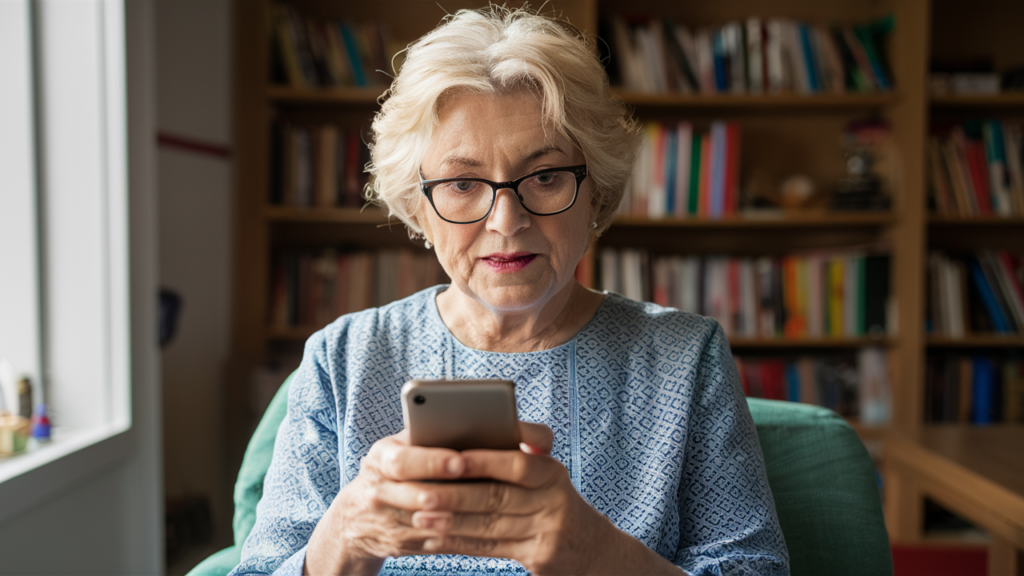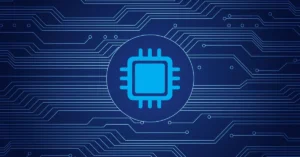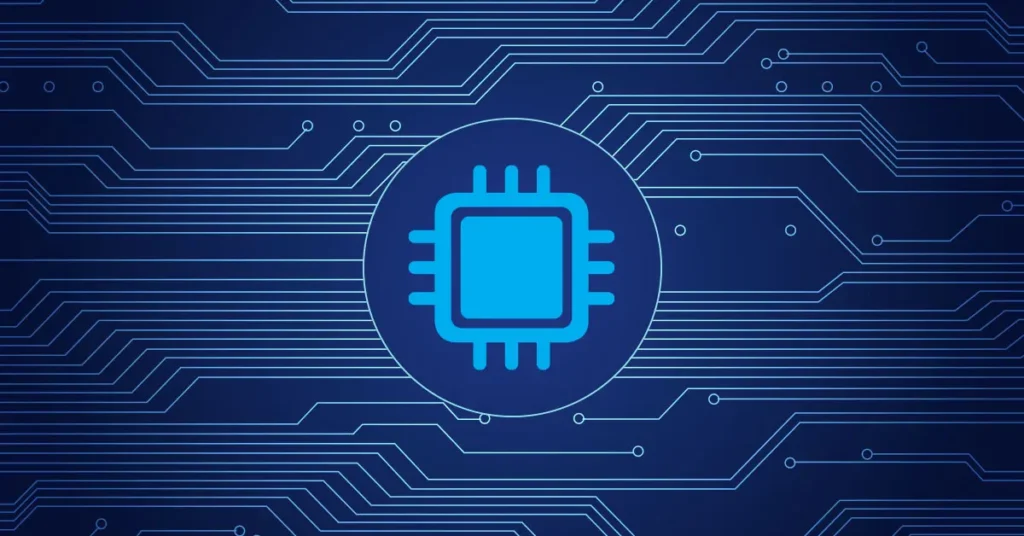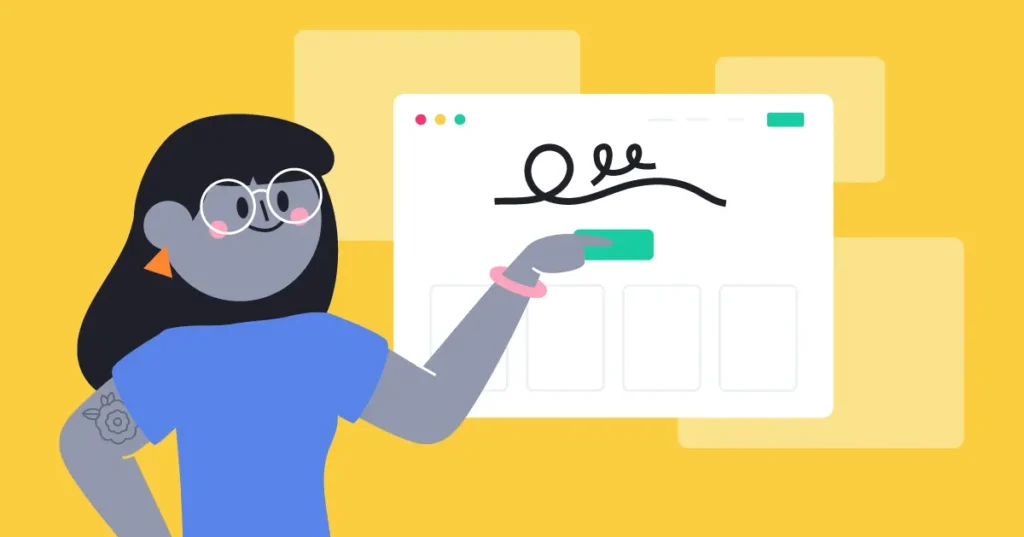As people age, staying connected becomes increasingly essential. Communication involves more than simply maintaining connections with loved ones; it’s also crucial for accessing emergency services and staying informed about community events. For seniors, having a reliable phone is more than a convenience—it’s a lifeline. Programs offering free government phones for seniors significantly bridge the gap, ensuring that elderly individuals remain in touch with the world around them. Studies have shown that social interactions can positively impact mental and emotional health, making access to communication tools essential for overall well-being. Seniors who engage in regular conversations and stay updated with family and friends report a higher quality of life. Moreover, keeping up with local events and news can make seniors feel more engaged with their communities, promoting involvement and connection.
How Free Phone Programs Work
There are various programs available that provide free phones to seniors. Usually, these are part of government initiatives to ensure that elderly citizens have access to essential services. These programs often require an application process, which includes proving eligibility based on age, income, or participation in other assistance programs. Typically, these programs offer basic phones with essential features to meet the needs of seniors. The goal is to remove barriers to communication and ensure that even the most vulnerable populations have the tools they need to stay connected. Knowing how to navigate these programs can significantly benefit seniors, helping them to remain active participants in their social circles and communities. Often, these initiatives also provide support for understanding the features and functionalities of the phone, which can be a crucial aspect for seniors who may need to be more technologically inclined.
Features That Make Phones Senior-Friendly
- Large Buttons and Easy-to-Read Screens:Many phones designed for seniors have large buttons and screens, making them more accessible for those with vision or dexterity issues. The oversized buttons minimize errors during dialing, and the larger screen fonts are easier to read.
- Emergency Buttons:Some phones include emergency buttons that can be programmed to call local authorities or a family member, providing peace of mind. These buttons are often highlighted in red or another bright color to ensure they can be easily located in stressful situations.
- Hearing Aid Compatibility:Phones with this feature reduce interference with hearing aids, making conversations more transparent and more comfortable. This compatibility ensures that seniors take advantage of essential details during calls.
- Voice Command Features:Voice-activated commands can also make phones more straightforward for seniors who may have difficulty with manual controls. These features allow for hands-free operation, which can be particularly beneficial for those with limited hand mobility.
In addition to these features, some senior-friendly phones offer simplified interfaces that strip away unnecessary apps and functionalities, making the devices less confusing. These phones often have tutorials and customer support tailored to teach seniors how to use their new devices effectively.
Benefits of Wireless Technology for Seniors
Wireless technology offers multiple advantages for seniors, ranging from increased safety to enhanced social engagement. According to a study by the Pew Research Center, seniors who use technology feel more connected to their family and friends. Devices like smartphones, tablets, and even smartwatches can provide various functions that make everyday life easier and more enjoyable. Wireless technology offers invaluable convenience. From setting medication reminders to accessing telehealth services, the possibilities are endless. Furthermore, having a phone can give seniors a sense of security, knowing that help is just a call away in an emergency. The advent of health and wellness apps designed specifically for seniors has further enhanced the relevance of wireless technology. These apps can track health metrics, provide medication reminders, and even facilitate virtual doctor visits, making healthcare more accessible and less stressful. Additionally, wireless technology enables seniors to explore new hobbies and interests. Whether it’s joining virtual book clubs, participating in online fitness classes, or discovering new recipes, the Internet offers endless opportunities for engagement and enrichment.
Community Resources for Technology Guidance
Many communities offer resources to help seniors become more comfortable with technology. Libraries often have programs where seniors can learn how to use smartphones and other devices. Senior centers also frequently host workshops led by tech-savvy volunteers. These resources can be invaluable for those overwhelmed by new technology. For example, local libraries often provide free tech classes tailored to seniors’ needs. These classes cover everything from essential phone operation to more advanced features like video calling and internet browsing. Some nonprofit organizations offer one-on-one tech coaching sessions to ensure seniors can use their devices confidently and effectively. Community centers may also have drop-in hours where seniors can receive hands-on assistance with their devices, offering a supportive environment for learning.
Religious institutions and local government offices sometimes partner with tech companies to host “tech fairs,” where seniors can receive demonstrations and personalized assistance. These events are educational and serve as social gatherings, making them an enjoyable way for seniors to learn new skills.
Real-Life Impact: Stories from Seniors
Take Mary, for example, a 78-year-old woman from Ohio. After receiving a free phone, she could easily stay in touch with her grandchildren nationwide. The ability to share daily moments and pictures with her family brought immense joy and reduced her feelings of isolation. Similarly, John, a 70-year-old veteran, now has immediate access to medical assistance and can easily coordinate his healthcare appointments. His new phone has an emergency button that he feels has added an extra layer of security to his life. These stories are not unique. Many seniors have benefited from free phone programs, experiencing improvements in their quality of life and overall independence. Whether scheduling doctor appointments or chatting with old friends, having a phone makes a tangible difference. Senior centers and community organizations often share success stories to highlight the far-reaching benefits of these programs, encouraging more seniors to take advantage of the available resources. Another example is Helen, an 82-year-old widow from Florida who uses her free phone to join virtual social groups. These interactions have enhanced her social network and offered emotional support during challenging times.
Conclusion
Free phones for seniors provide more than just a communication tool; they offer a bridge to a safer and more connected life. Understanding the numerous benefits and available resources empowers seniors to make the most of today’s technology. With the proper support and features, seniors can continue to lead whole, independent lives. By staying connected, seniors can enhance their social interactions, improve their safety, and maintain their independence, all of which contribute to a higher quality of life. The gap between seniors and the digital world is steadily closing as technology evolves. Programs offering free phones, comprehensive community resources, and senior-friendly device features are dismantling the barriers to technology. By embracing these opportunities, seniors can enjoy modern technology’s many benefits, leading to enriched lives filled with connection, security, and independence.









